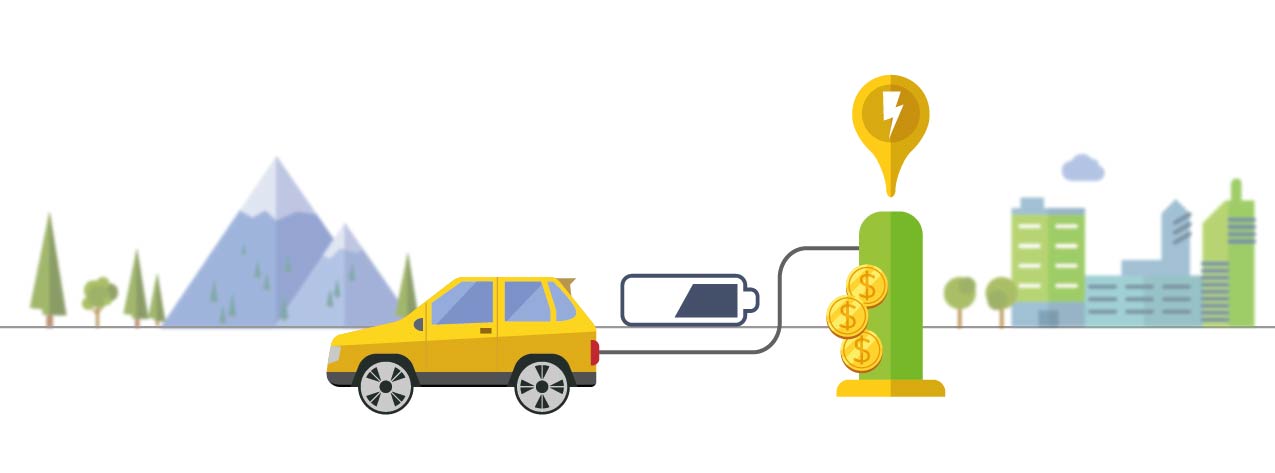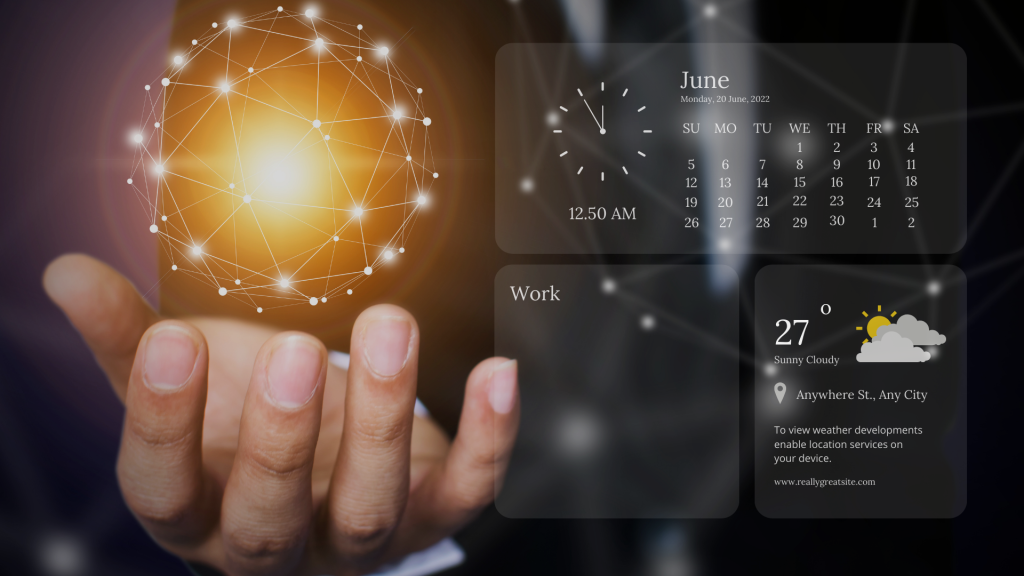Due to the rise in electric vehicle demand, the availability of a charging network has become a challenge for utilities looking to get into this new business. In the coming years, infrastructure changes should be considered as a critical factor in order to achieve the consolidation of this technology.
 The acquisition and use of electric vehicles (EVs) are becoming more common worldwide and there is no doubt that this trend will continue to grow in the upcoming future. EV purchases will increase in the next 5 to 10 years, mostly motivated by the environmental impact of this technology. In fact, a study conducted by Accenture Strategy with 6,000 consumers around the world found that this particular benefit is the main purchasing driver of EVs. Additionally, the cost-saving possibility that EVs offer is going to become an important incentive for buying electric vehicles in the future. With this being said, charging infrastructure developments are essential for the adoption and support of this technology.
The acquisition and use of electric vehicles (EVs) are becoming more common worldwide and there is no doubt that this trend will continue to grow in the upcoming future. EV purchases will increase in the next 5 to 10 years, mostly motivated by the environmental impact of this technology. In fact, a study conducted by Accenture Strategy with 6,000 consumers around the world found that this particular benefit is the main purchasing driver of EVs. Additionally, the cost-saving possibility that EVs offer is going to become an important incentive for buying electric vehicles in the future. With this being said, charging infrastructure developments are essential for the adoption and support of this technology.
Even though price and driving range are characteristics that customers analyze when getting an EV, the charging infrastructure might soon become the top one barrier. In this respect, McKinsey’s EV consumer survey of buyers in China, Germany, and the United States revealed that not having enough access to an efficient charging network is ranked as the third most significant barrier to purchase these vehicles. Consequently, utilities must count on adequate infrastructure to provide the required charging demand.
Nowadays, EV drivers can charge their vehicles at multiple locations such as dwellings, workplaces, and public areas, including highways for long-distance trips. Nevertheless, the current infrastructure is falling short and customers are demanding more charging stations to lessen range anxiety.
In most cases, residential charging is the most efficient and simple way to charge these vehicles, as it is convenient to plug them in overnight. In this case, vehicle charging occurs when electricity rates are lower. However, this depends on whether EV owners have garages. Although it might come as a surprise, more than 80% of consumers who intend to buy EVs plan to charge their vehicles primarily from their homes, yet only 55% of them have garages.
Aside from residential charging, EV users have access to public charging infrastructure, especially in cities where apartment complexes and private areas are very restricted. Evidently, the availability of public charging stations is crucial and fast-charging technologies are being highly demanded.
With the above in mind, there is still a pivotal question left: What should happen first to avoid the disuse of charging stations? Should it be the charging infrastructure development or EV adoption? Both choices for this “chicken or egg” causality dilemma tend to occur at the same time when governments and private sectors, such as utilities, invest in charging infrastructure development.
Once this dilemma is solved, utilities could leverage their deep understanding of the energy industry, regulations, and their customers to take this technology to the next level. By joining forces, governments, utilities, and EV vendors can facilitate the development of the charging infrastructure, and in turn, will lead to new offers and rate plans that will encourage the spread of electric vehicles.









